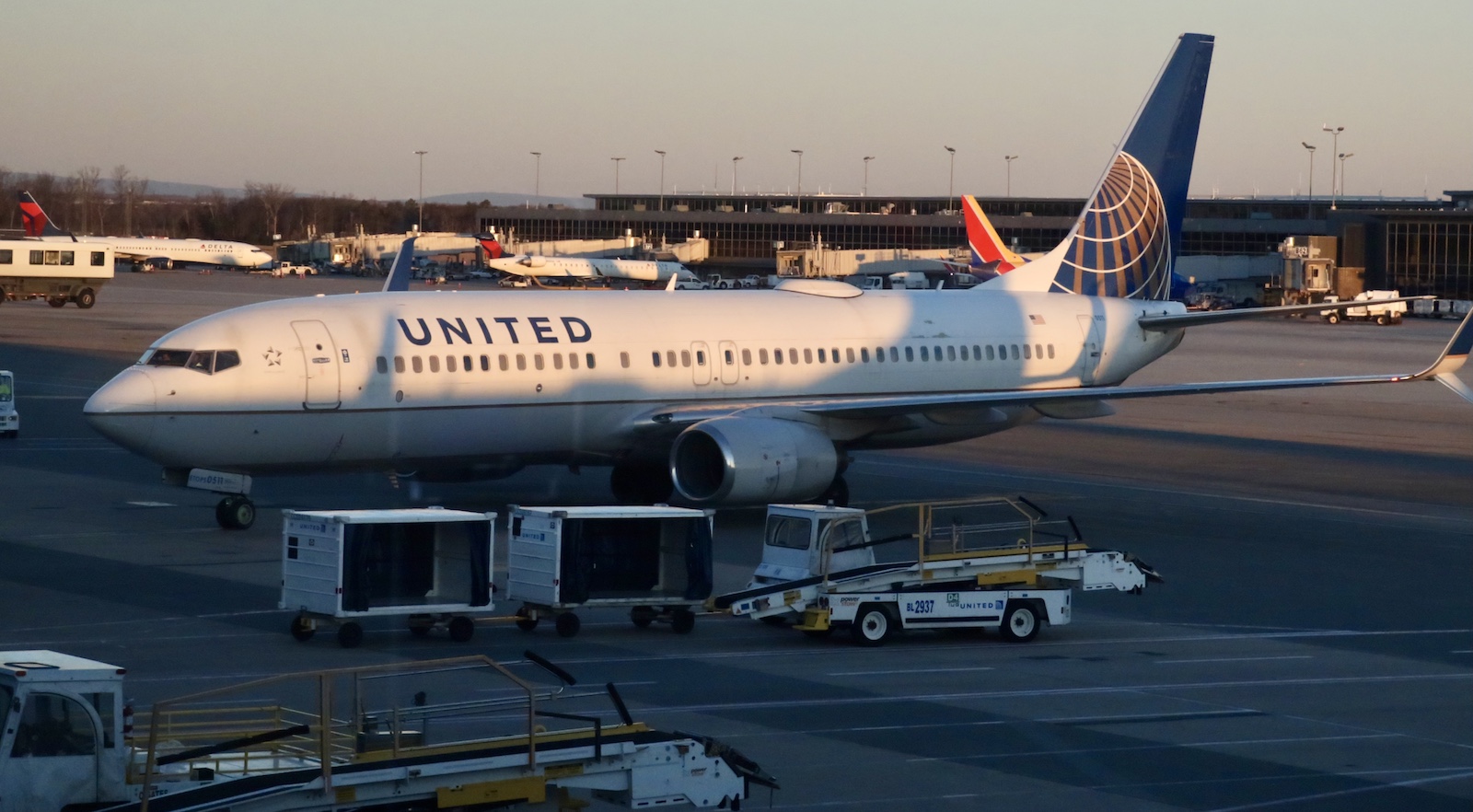United Airlines deployed what it called a “game-changing flight” last week. In a global first, a United Boeing 737 carrying more than 100 passengers flew from Chicago to Washington, D.C. on a tank of pure “sustainable aviation fuel,” or SAF. But while the stunt demonstrated that flying on pure SAF can be done, it’s unlikely to change the carbon footprint of your next airplane trip.
SAF resembles conventional jet fuel and emits carbon dioxide when it’s burned in a plane’s engine. It’s considered sustainable because it’s refined from material that already exists in the environment, like used cooking fats and plant oils, rather than from fossil fuels that have stored carbon in the earth’s crust for millions of years. That means SAF can potentially have a smaller carbon footprint than crude oil–based fuel when the entire life-cycle emissions of producing it are taken into account.
Neither United nor World Energy, the company that produced the SAF for the flight, has revealed any details about the life-cycle emissions of the fuel used for Wednesday’s flight, but the companies advertise that SAF has the potential to reduce emissions by up to 80 percent compared to conventional jet fuel. The flight also wasn’t fueled entirely by SAF. One of the two engines on the plane ran on conventional jet fuel “to further prove there are no operational differences between the two,” according to United.
The point was less to demonstrate a flight with a lower carbon footprint than to show that SAF technology is now just as good as the fossil-based stuff. Some airlines are already blending SAF into the fuel they use, but the American Society for Testing and Materials, which develops standards for jet fuel, limits blending to 50 percent. Lauren Riley, United’s managing director of global environmental affairs, told Politico that was because of technical problems with earlier generations of SAF. “It’s matured since then, and we are proving that those concerns are no longer relevant,” she said.
SAF isn’t the only early-stage proposal for cutting emissions from flying. Major manufacturers like Airbus are also looking at fueling planes with clean hydrogen, which doesn’t produce any greenhouse gases when it’s burned. Battery technology has not advanced enough to power big planes over long distances yet, but using battery-powered planes for short distances is starting to take off. The shipping company DHL recently announced it was ordering a fleet of 12 battery-powered planes that are expected to be able to carry about 2,600 pounds of cargo over roughly 500 miles on one charge.
In the near term, SAF is one of the few available tools to lower emissions from commercial aviation — but it’s got some serious hurdles to overcome. There are doubts the world could sustainably produce enough SAF to power the entire industry, due to limited supply of the raw materials needed to make it. At the moment, it’s three to four times more expensive than conventional fuel, and there’s hardly any of it on the market. According to the International Air Transport Association, a trade association, about 26 million gallons of SAF will be produced this year. Riley of United said SAF accounts for “far less than 0.1 percent of our total fuel supply in any given year.” United chief executive officer Scott Kirby told Bloomberg Green that converting just 10 percent of the global aviation fuel supply to SAF will require $250 billion in capital. Kirby said the industry couldn’t afford it, and that a “government foundation” was needed.
Experts say another way to cut aviation emissions in the near term, without spending hundreds of billions of dollars, is to issue stronger regulations that require airlines to buy the most efficient planes on the market. The Biden administration recently opted not to develop more effective emissions regulations for aircraft.
But Biden is taking steps to help scale up SAF. In September, the White House announced loan guarantees, research and development funding, and an interagency “Grand Challenge” to increase production of SAF to 3 billion gallons per year by 2030.
The Build Back Better Act, the social spending and climate bill that passed the House last month, also includes $300 million for SAF research, as well as a new tax credit of at least $1.25 per gallon for aviation fuels that achieve at least a 50 percent emission reduction.
The aviation industry supports the measure. Carter Yang, a spokesperson for the lobbying organization Airlines for America, told E&E News, “A tax credit would help build the nascent market for SAF, providing a financial incentive for companies to integrate more SAF into the fuel supply and enabling them to offer it at a price that would allow airlines to use more of it.”



